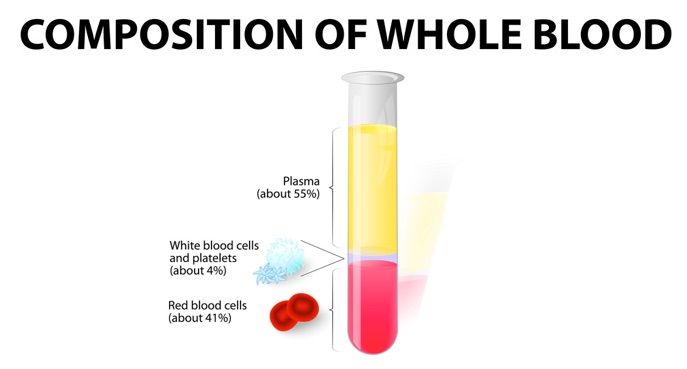
Full blood count reports can be confusing. It helps to understand the terms. People with MPNs are sometimes baffled by the numbers they see on full blood count (FBC or sometimes known as CBC) reports. Haematologists use the FBCto keep track of your blood condition and to make treatment decisions. The FBC helps to show whether treatment is working and how the disease is evolving over time.
Types of cells shown
The full blood count report shows the number of red blood cells, white blood cells and platelets in the blood, and tells your haematologist about the size and shape of these cells. The report also shows the normal range of blood cells a healthy person has for comparison.
Red blood count
A full blood count report gives detailed information about your red cells:
- Haemoglobin: Your Hb level shows whether you are anaemic or polycythaemic, in other words whether you have too few or too much haemoglobin.
- Packed cell volume: Packed cell volume (PCV) and haematocrit (HCT) mean the same thing – they are a measure of your blood thickness. Haematologists refer to your PCV rather than your haemoglobin level to make treatment decisions.
- Mean corpuscular volume: Your mean corpuscular volume indicates the size of your red blood cells. This often goes down with iron deficiency and up with Hydroxycarbamide treatment in MPN patients.
- White cell count: White cells are the “soldiers” of the blood; they help to fight infections. If your white cell differential is low you may be at risk of infection. White cells may be high in all MPNs and are increasingly thought to be associated with a risk of thrombosis.
- White cell differential: This shows the number of different white cells in your blood.
- Neutrophils: Neutrophils are a type of white blood cell they help to fight bacterial infections. Your neutrophil count will usually go up when you have an infection and go back to normal when the infection has resolved. Some treatments used for MPN can lower the neutrophil count and may increase the chance of getting an infection.
- Platelets: When you have an injury, platelets work together with clotting factors to form a blood clot. The platelets become “activated” – they change to a spiked form, which allows them to stick to other activated platelets and clotting factors at the point of injury, forming a mesh or clot.


